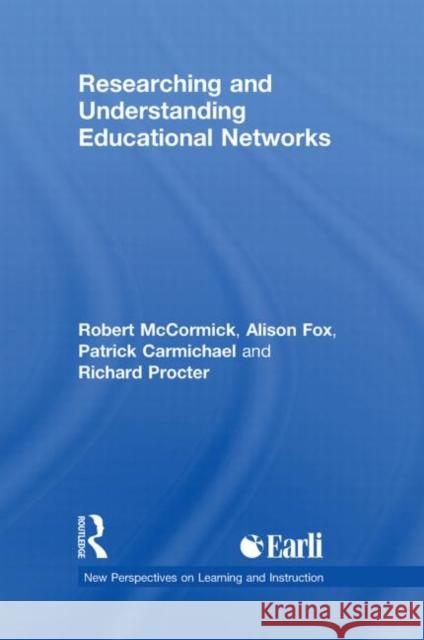Researching and Understanding Educational Networks » książka
Researching and Understanding Educational Networks
ISBN-13: 9780415494823 / Angielski / Twarda / 2010 / 296 str.
Researching and Understanding Educational Networks
ISBN-13: 9780415494823 / Angielski / Twarda / 2010 / 296 str.
(netto: 693,98 VAT: 5%)
Najniższa cena z 30 dni: 705,23
ok. 22 dni roboczych
Dostawa w 2026 r.
Darmowa dostawa!
This volume presents analyses of the problems with existing theories of teacher learning, which for example draw on ideas of 'communities of practice', and explores what network theories can be brought to the problem of how teachers and schools create and share new knowledge about practice.
Teacher learning is a matter of critical importance and the ways in which it is conceptualized is changing significantly with new emphasis on situated learning and activity theory. This book extends that discussion in a novel way. Following an investigation of teacher and school networks in the UK, the authors found that theoretical perspectives taken from existing work on such networks were not adequate to provide an understanding of their potential, nor to provide the basis for researching them in ways that reflected the variety of teacher experience.
This book presents analyses of the problems with existing theories of teacher learning, which for example draw on ideas of âcommunities of practiceâ, and explores what network theories can be brought to the problem of how teachers and schools create and share new knowledge about practice. These network theories draw on such ideas as social network analysis and on social capital theories, which gave a rich source upon which to build data collection and analysis of teacher and school networks. Using these theories the authors explore the empirical work that resulted from the investigation in the UK. This has been developed through further investigations of electronic networks (such as computer-mediated conferencing) and at how people network at events such as conferences.
This book explores a new application of networks theories derived from quite different fields of work, and extends it both by being concerned about networks beyond organisations (most work focuses within organisations), and specifically about educational networks. Their application to educational networks and to teacher learning in particular, is a unique contribution of the book. This enables it to be of interest to both researchers and those studying for higher degrees, including students who are professionals working in schools.











